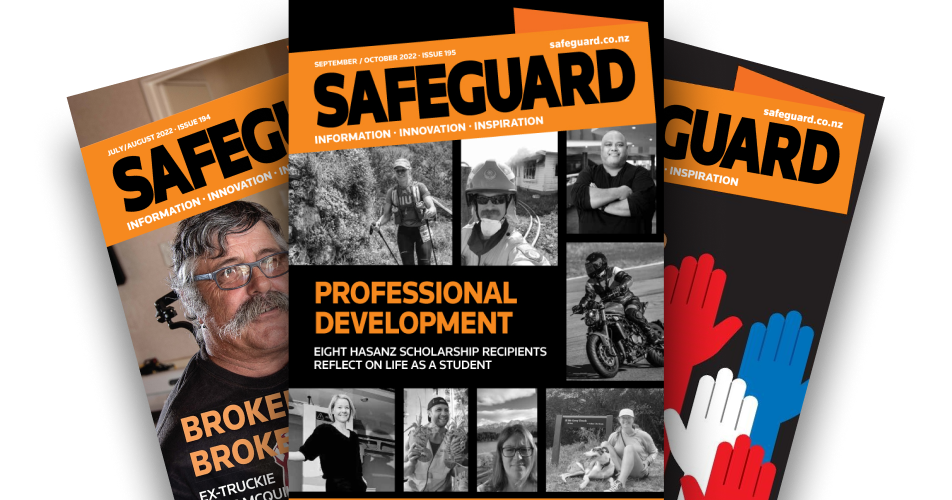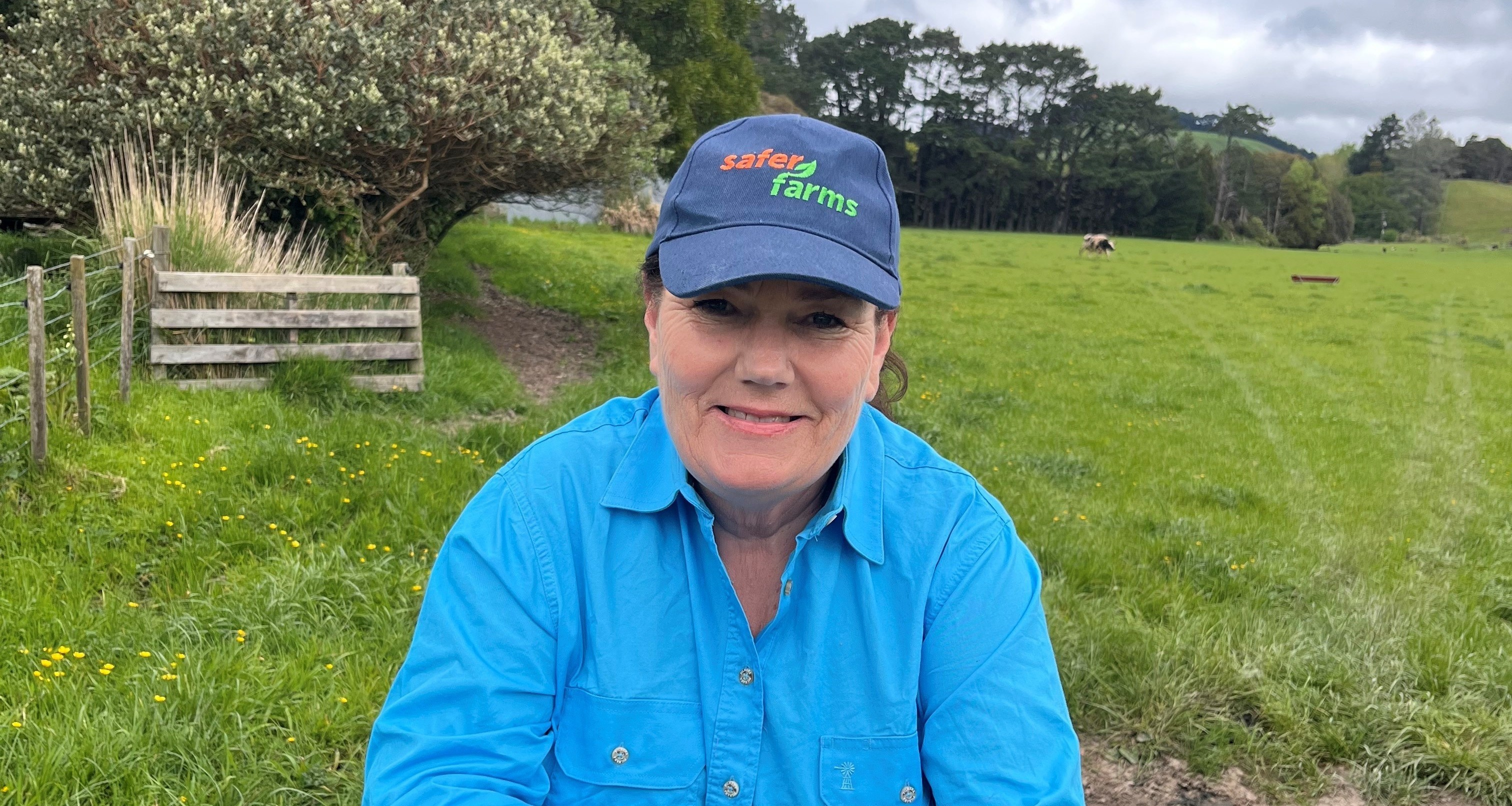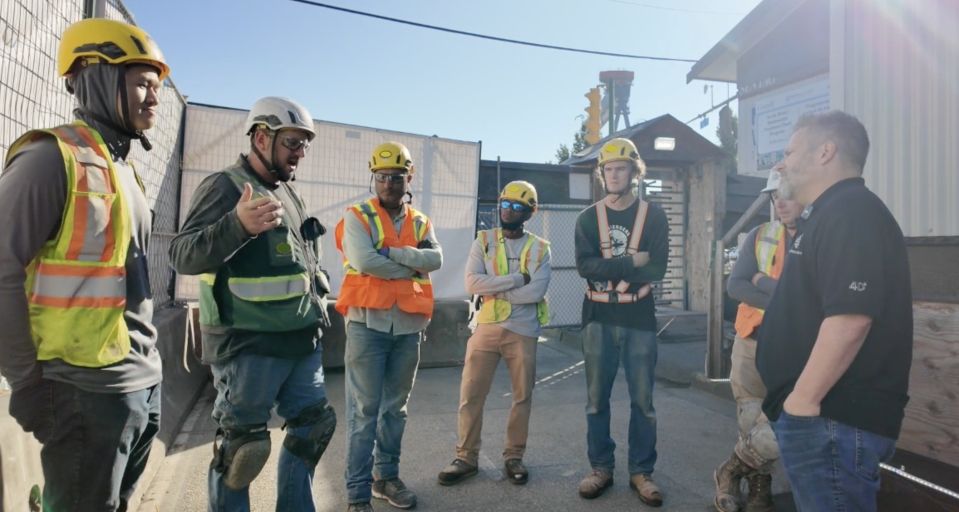Psychosocial risks are becoming an increasing focus in the workplace. With the prevalence of mental health issues in New Zealand and a more open approach to addressing these, this is something all employers need to be thinking about.
The key psychosocial risks on WorkSafe’s radar have been bullying, work-related stress, harassment, and fatigue. A failure to identify and manage psychosocial risks appropriately may result in liability both under the Health and Safety at Work Act 2015 and by way of an employment claim.
We discuss here three recent examples of psychosocial risks being addressed and the lessons that can be learned from them.
A BULLYING EXAMPLE
In Parker v Magnum Hire Limited (2024), the Employment Relations Authority found in favour of an employee who had been bullied by a company director for at least two years. The company director had threatened the employee’s job security, sworn in a raised voice, threatened to cut his salary, and made at least one derogatory comment about the employee in front of other people (calling him a “lemon”).
The behaviour culminated in a phone call to the employee after he had undergone surgery, during which the employee was told it was his fault the company was losing money, that a CEO had been employed to take his place, and that he was “useless”. The phone call triggered a panic attack that was so severe the employee ruptured his surgical incisions, causing significant bleeding and requiring readmission to hospital for further surgery.
Given the impact on his wellbeing, the employee felt he had no choice but to resign from his employment. The employee’s evidence was that he developed depression, anxiety and post-traumatic stress symptoms. The Authority had little difficulty concluding that the company director’s actions met the WorkSafe definition of bullying: repeated and unreasonable behaviour towards a worker that can lead to physical or psychological harm.
This constituted a breach of the employer’s implied contractual obligation to provide a safe workplace. The employee was awarded, amongst other remedies, lost wages of $30,000, compensation of $50,000 for unjustified disadvantage and a further $50,000 for unjustified constructive dismissal. While this case was certainly at the more extreme end of behaviour causing psychosocial risk, it clearly signalled that where employees’ mental health and wellbeing is put at risk, the Authority is willing to make significant
compensation awards.
EXTERNAL PSYCHOSOCIAL RISKS
Psychosocial risks were also examined in the recently published decision of the Employment Court involving Associate Professor Siouxsie Wiles and the University of Auckland.
A microbiologist, Associate Professor Wiles was a well known commentator on the Covid-19 pandemic and was subjected to significant online and in-person abuse and harassment. This included “doxing”, where her personal details were posted online.
Associate Professor Wiles brought a claim against her employer, the University of Auckland, for breaching its health and safety obligations amongst other alleged breaches. The Court found that the University had not complied with its health and safety obligations and that its approach had been deficient. While a number of steps were taken – such as engaging a security firm to undertake a safety and
security audit – those actions were too late and insufficient. The onus was on the University to obtain the right advice and put in place a plan to proactively manage the risk of harassment and keep its employees safe. Associate Professor Wiles was awarded $20,000 in general damages, which incorporated compensation for her unjustified disadvantage grievance.
This case serves as a good reminder of how important it is to have the right plans and assessments in place to manage hazards that employees might be facing, whether in or outside the workplace. As circumstances change, so too must the approach to managing hazards.
It also highlighted that employers might be on the hook for psychosocial risks, such as harassment, even when those are not directly caused by the employer.
SUPPORT AND PROCESSES FOR TRAUMA
WorkSafe has recently considered psychosocial risk in relation to Auckland One Rail staff who have witnessed or heard about on-track collisions or near misses.
On 6 September 2023, WorkSafe issued an Improvement Notice to Auckland One Rail following concerns raised by the Rail and Maritime Transport Union that the company needed to do more to support those workers. Data for the year to June 2023 showed 40 vehicles or people collided with trains across the national rail network and there were 305 near misses.
A WorkSafe spokesperson said that its assessment “determined that the known psychosocial risk to workers of viewing, experiencing, or hearing about on-track collisions within Auckland One Rail Limited could be managed more effectively, and the controls in place to manage the risk require improvement”.
In response to media enquiries, Auckland One Rail confirmed that workers who were affected by on-track collisions or near misses would be contacted by a specialist trauma counsellor as soon as possible after the incident. In addition, training is provided to managers regarding the impact of traumatic events and appropriate support available to all impacted staff.
Again, this is a more serious example of an employee suffering trauma at work and serves as a useful reminder to employers to ensure appropriate support measures are in place for employees who might be subjected to trauma through their jobs.
WHAT OF THE FUTURE?
WorkSafe has clearly signalled that psychosocial risk will not be a focus for it in the short-term and that it is going “back to basics” given the more pressing health and safety concerns elsewhere.
Given that WorkSafe is proposing to be less focused on psychosocial risk, recent case law suggests that the Employment Relations Authority and the Employment Court may be filling some of that gap. Employees are increasingly raising safety issues as part of employment claims and we expect that trend to continue.
While there has always been a real overlap between health and safety and employment obligations, this space is certainly one to watch.




